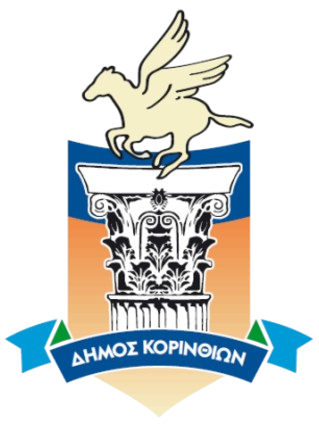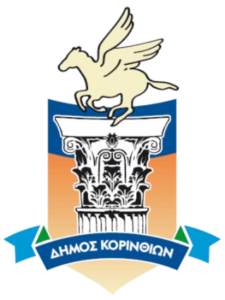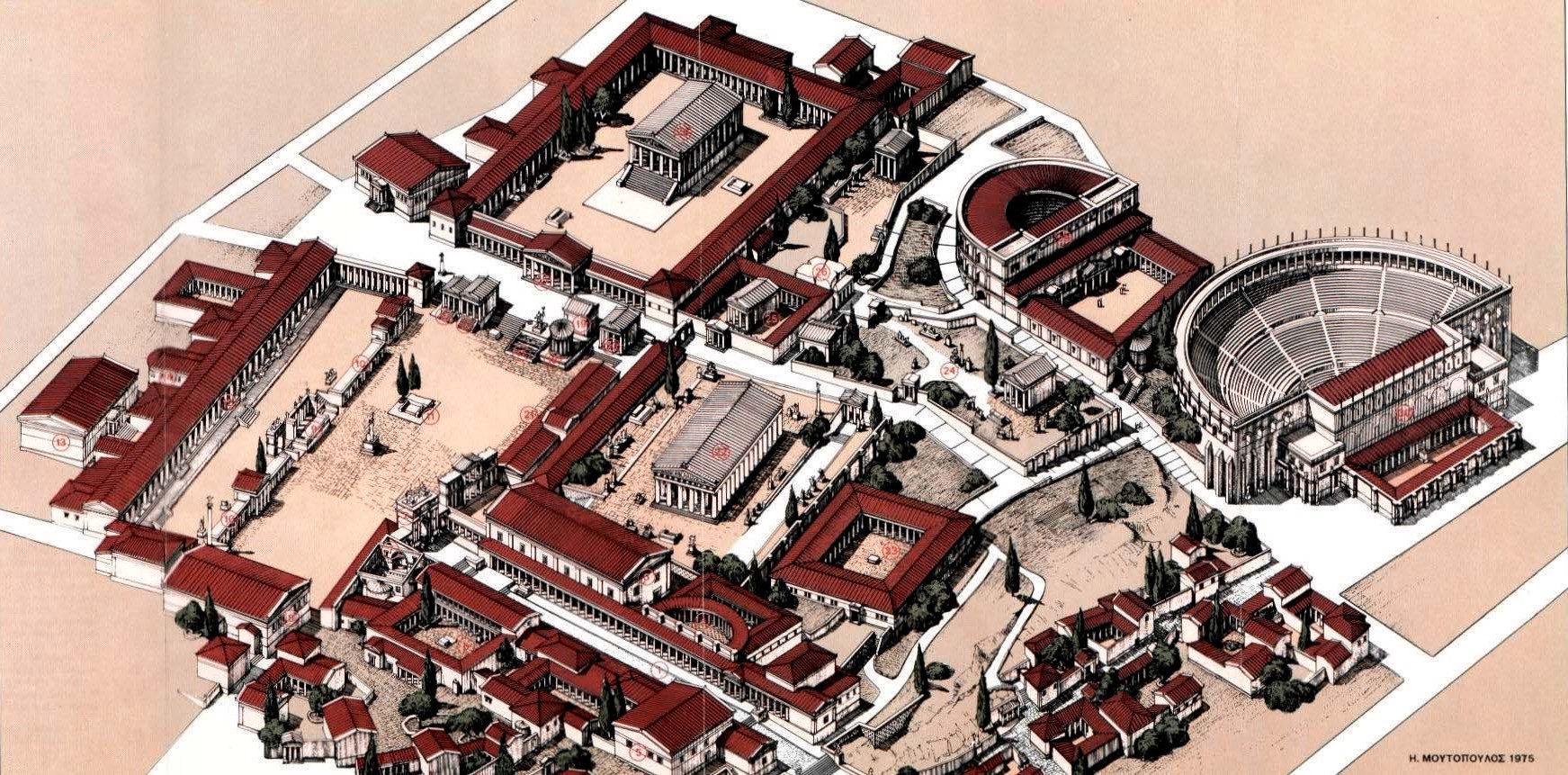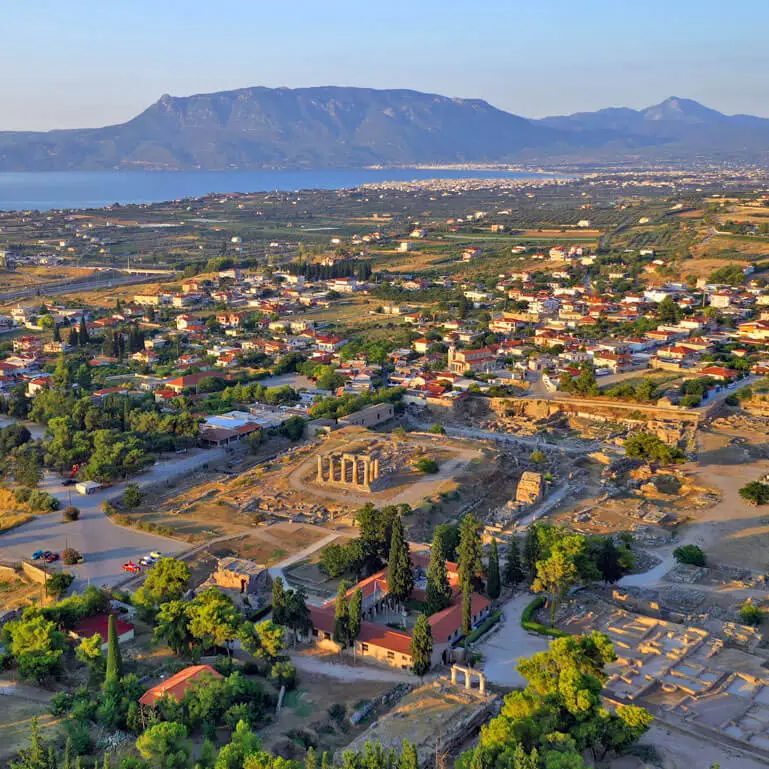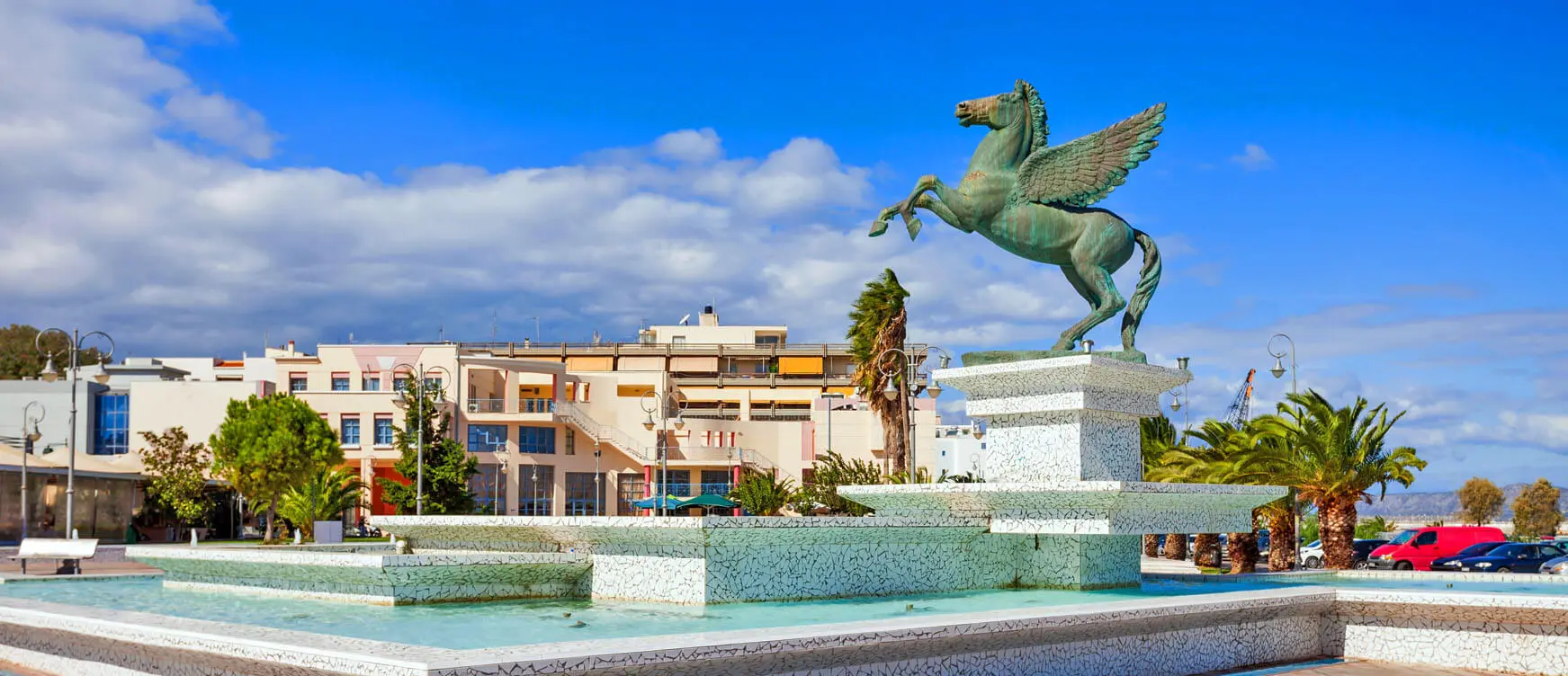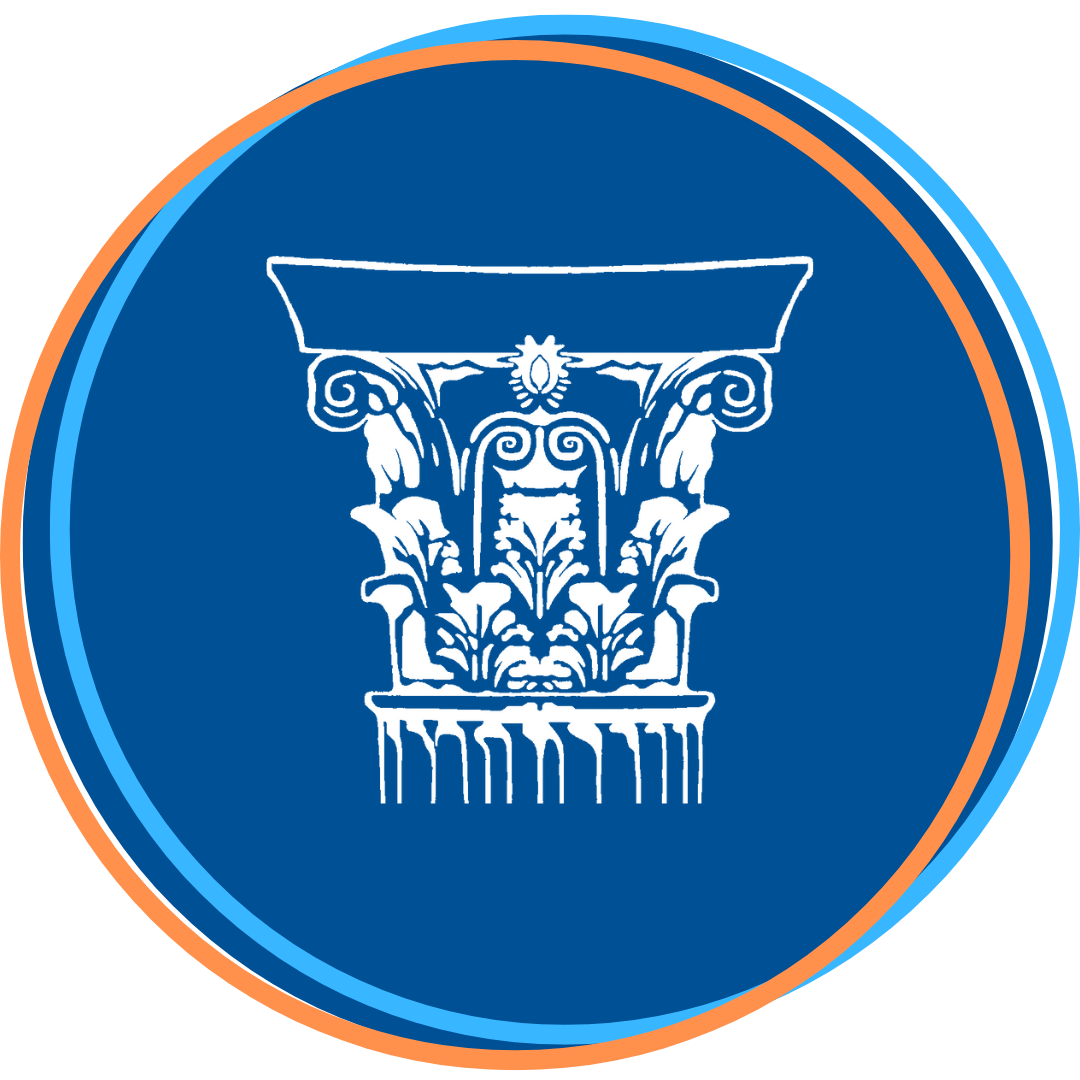
Corinth through the ages
The city of Corinth has existed for 4,000 years. Initially it was a small settlement near Acrocorinth called Ephyra after the name of its first Queen, daughter of Oceanus, and then it expanded on the proud hill and to the west, where today there is the Municipality of Ancient Corinth and the ruins of the glorious city of Sisyphus, of Bellerophon, Periander, Cypselus, Amenocles, Gorgos, Adimantus, Diodorus, Archias, Kallinus, Hypervius, Dibytavi, Laida, Arion, Diogenes, Leo Sgourus.
The area is a crossroads of land and sea and has always been the “apple of discord”, the largest commercial centre of Ancient Greece, with the result that the city and its people received cruel, jealous blows and a large part of the achievements made by the Corinthians were lost in oblivion.
It is a common misconception that most of us believe that the primary occupation of the ancient Corinthians was debauchery and debauchery with the beautiful courtesans that abounded in the city and its ports. But when we reach Corinth, when we read at least a little of its preserved history and what Archaeologists have extracted from the bowels of the Corinthian land, then we will find that the Corinthians, more than most other ancient Greeks, were exceptionally ingenious, intelligent,
industrious, and endowed with a profound appreciation for beauty, ingenuity and insight, that they managed to become renowned inventors, engineers, architects, shipbuilders, mathematicians, painters, potters, sculptors, musicians, philosophers, and they achieved this through their own labor and dedication, rather than relying solely on
slave labor, who in other ancient states were the only source of labor. Exactly: For the Corinthians, personal labor was regarded as a virtue, not a mark of inferiority. This very principle led Periander, the foremost Corinthian leader, to outlaw the buying and
selling of slaves within Corinthian territory
Corinth, from the 9th-8th century BC, the largest city of Ancient Greece. It intensively colonizes a vast area starting from Central Greece (Phocis owes its name to the Corinthian colonizer Phocos) and ending in Sicily. Lefkada, Corfu, Amvrakia (today’s Arta), Apollonia, Epidaemon (today’s Dyrrachion), Syracuse will be founded by Bacchyades, Archias, Cypselos, and Periadros. North, he will found Potidaea, will participate in the foundation of Byzantium (today’s Constantinople).
Its ships and merchandise will reach as far as Egypt, France, England, Morocco, and the vast
expanse of the Russian steppe.
It will gift Hellenism the ship that secured victory in the titanic struggle for survival against
the Persians—the Trireme.
On its territory, the third and most elegant Greek architectural style, the Corinthian, will be created by Kallimachos.
Its brutal destruction by the Romans in 146 BC would mark the end of the ancient Greek
world, underscoring the city’s significance.
The reconstruction of the city in 44 BC by Julius Caesar and the advent of Ap. Paul, is a new chapter in its history that will make it an important city again.
During the Byzantine era, Justinian, recognizing its importance, restored the “Panhellenic”
wall of the Isthmus and established Corinth as a center of the imperial silk and textile industry.
In the difficult years of the Crusader and Venetian raids, Leo Sgouros, Lord of the Castle of Acrocorinth, abandoned by all, blindfolded his beloved
horse, opened a gate in the wall overlooking the cliff, spurred it forward, and rode into history—
defiant to the last.
After 7 centuries of occupation by the Venetians and the Turks, Corinth was liberated from the yoke in 1822 and for the first time in modern Greek history, the Blue and White waved on the ramparts of the Acrocorinth and in the alleys of the ruined city. It was another unique moment for our glorious city.
The great earthquake of 1858 will move our city to its present position, and will make it the urban model of modern Greece.
Despite the new destructive earthquake of 1928, our city, as always, will stand up again and today, alive and modern, invites each of you to visit it, to walk it, to enjoy it, to feel the breath of the centuries and of today, the embrace of the two seas that surround it and to understand for yourself why our city was and is called “Afeios”.
